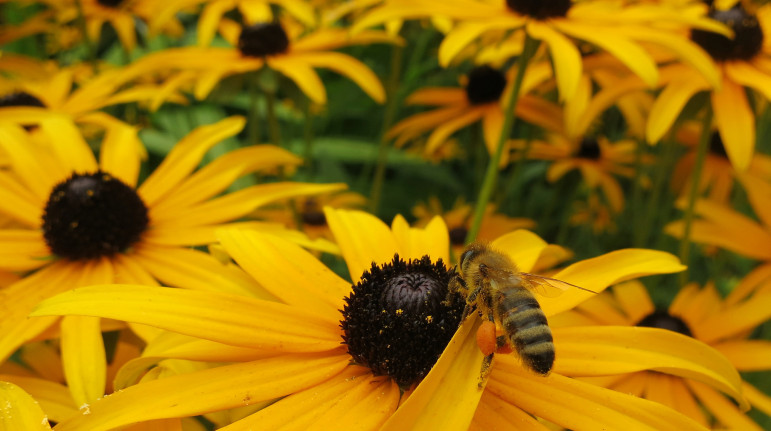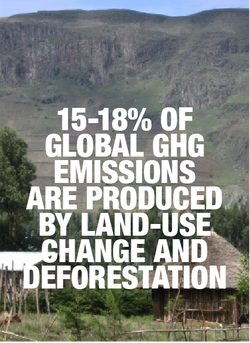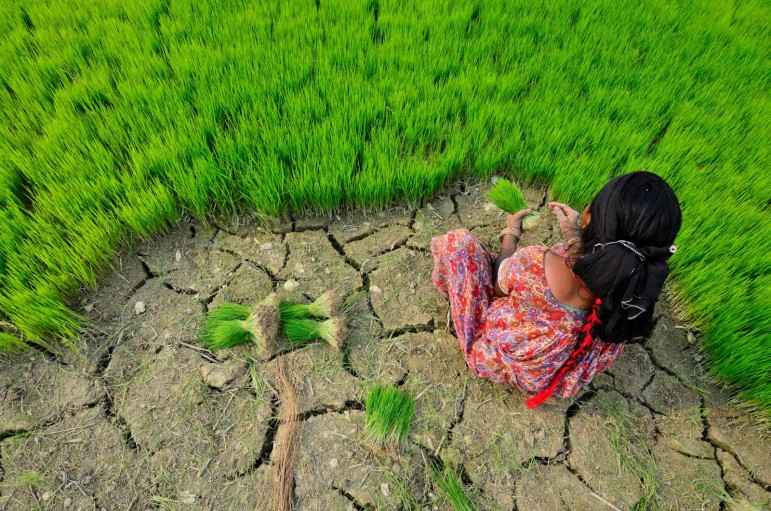28 Inspiring Urban Agriculture Projects That Will Make You Rethink How Food Can Be Grown
Authors: Danielle Nierenberg, Emily Nink, Juliette Crellin
Around 15 percent of the world’s food is now grown in urban areas. According to the U.N. Food and Agriculture Organization (FAO), urban farms already supply food to about 700 million residents of cities, representing about a quarter of the world’s urban population. By 2030, 60 percent of people in developing countries will likely live in cities.
At Food Tank, we are amazed by the efforts of hundreds of urban farms and gardens to grow organic produce, cultivate food justice and equity in their communities, and revitalize urban land. Urban agriculture not only contributes to food security, but also to environmental stewardship and a cultural reconnection with the land through education.
The Urban Food Policy Pact (UFPP), signed on World Food Day, addresses the potential of cities to contribute to food security through urban agriculture. A technical team of 10 members organized physical and virtual workshops with many of the 45 cities participating in the Pact, and drafted a Framework for Action that includes 37 provisions covering the themes of governance, food supply and distribution, sustainable diets and nutrition, poverty alleviation, food production and food and nutrient recovery.
“The 2015 Sustainable Development Goals (SDGs) recognize the importance of building sustainable cities,” says Maurizio Baruffi, Chief of Staff of the Mayor of Milan, Italy. “The City of Milan is partnering with urban areas around the world to embark on this journey, starting from food.”
Do you want to discover urban agriculture projects in your own city, or are you interested in visiting farms during your travels to new urban areas? Check out these inspiring projects, and find even more links to urban agriculture projects below.



